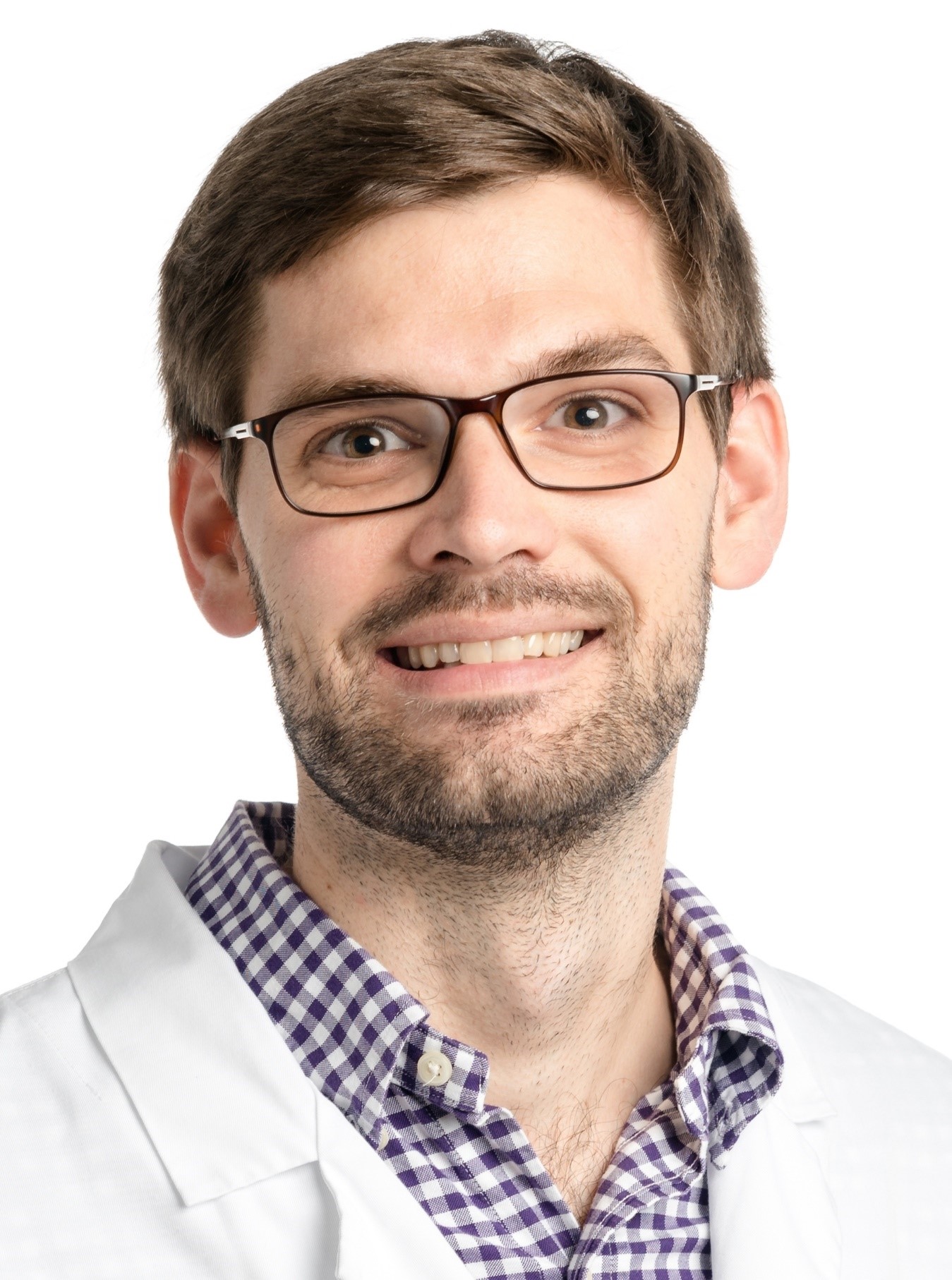
PD Dr. med. Thomas Meinel, PhD
attending physician
Inselspital, Bern University Hospital, Department of Neurology
- thomas.meinel@insel.ch
Research Fields and Projects
Covert Brain Infarction
Covert brain infarction (CBI) is by far the most frequent incidental finding on brain imaging outweighing all other incidental findings on brain imaging combined. It is estimated, that CBI are up to three times more prevalent then manifest stroke. The aim of our research in this field is to clarify, whether a standardized diagnostic stroke work-up in patients without manifest cerebrovascular disease is beneficial. Furthermore, we could show that one in three patients with first evident ischemic stroke had an additional chronic CBI, representing an additional CBI represent a vascular high-risk subgroup. In those patients, CBIs might even convey clues to the underlying stroke etiology and might inform precision medicine approaches in diagnostics and secondary prevention.
Futile Interventions
Despite the overwhelming efficacy of mechanical thrombectomy and intravenous thrombolysis for acute treatment of ischemic stroke, roughly a third of patients have a poor long-term outcome despite a technically successful recanalization – a phenomenon termed futile recanalization. From a societal and health economics point of view, given the logistic and economic impact of acute stroke management, there is a need to reduce futile recanalizations. Within this project, we aim to test and identify predictors of futile interventions and develop a multimodal prediction model to be included into shared decision-making and elucidation of patient preferences.
Stroke in anticoagulated patients
One in six patients with ischemic stroke has preceding anticoagulation therapy with higher rates in patients potentially eligible for acute recanalization therapies. There are specific problems and open questions in those patients, especially regarding the risk-benefit ratio of intravenous thrombolysis. Furthermore, the diagnostic management might differ as compared to other stroke patients, since an indication for anticoagulation is already established. In this project, we address the knowledge gaps, diagnostic and therapeutic challenges in this particular patient population.
Evidence-based stroke work-up
Emboli from the heart and great supraaortic arteries account for about 25% of acute ischemic stroke. The most frequently used diagnostic tests to identify structural cardioembolic sources are transthoracic or transesophageal echocardiography. However, the number needed to screen to change management on an evidence-based principle is relatively high. In this project, we provide evidence for the available diagnostic tools to identify cardioembolic sources of stroke (echocardiography, cardiac MRI, cardiac CT). We think that this clinical situation is a good example of how the lessons learned in therapeutic trials should finally also be applied to diagnostic examinations.
Research fields
- Stroke imaging
- Covert Brain Infarction
- Endovascular stroke treatment
- Futile Interventions
- Anticoagulation and stroke
- Stroke in anticoagulated patients
- Brain-heart axis
- Evidence-based stroke work-up
- Stroke prevention
- Covert Brain Infarction
Key Publications
Team and Collaborations
Team
- Name / Titel
- Dr. med. Elias Auer
- Funktion
- Resident
- elias.auer@insel.ch
- Name / Titel
- Kristina Brignoli
- Funktion
- Medical student
- kristina.brignoli@students.unibe.ch
- Name / Titel
- Angela Eggimann
- Funktion
- Medical student
- angela.eggimann@students.unibe.ch
- Name / Titel
- Alessandra Epstein
- Funktion
- Medical student
- alexandra.epstein@students.unibe.ch
- Name / Titel
- Dr. med. Sebastién Frey
- Funktion
- Medical student
- sebastien.frey@students.unibe.ch
- Name / Titel
- Dr. med. Joachim Kniepert
- Funktion
- Resident
- joachim.kniepert@insel.ch
- Name / Titel
- Dr. med. Christine Müller
- Funktion
- Resident
- christine.mueller2@insel.ch
- Name / Titel
- Marina Schilter
- Funktion
- Medical student
- marina.schilter@students.unibe.ch
- Name / Titel
- Dr. med. Camilla Triulzi
- Funktion
- Resident
- camillabeatrice.triulzi@insel.ch
- Name / Titel
- Dr. med. Jan Vynckier
- Funktion
- Resident
- janluc.vynckier@insel.ch
Collaborations:
- Charité Berlin (Professor Christian Nolte, Professor Jan Scheitz)
- University Edinburgh (Professor Joanna Wardlaw)
- Swiss Stroke Registry (Professor Leo Bonati)
Curriculum Vitae
| Overview | ||
|---|---|---|
Graduation from medical school |
2013 |
University of Regensburg (DE) |
Doctoral thesis |
2015 |
University of Regensburg (DE) |
Board Exam Neurology |
2020 |
|
PhD and Habilitation |
expected 2022 |
University of Bern (CH) |
